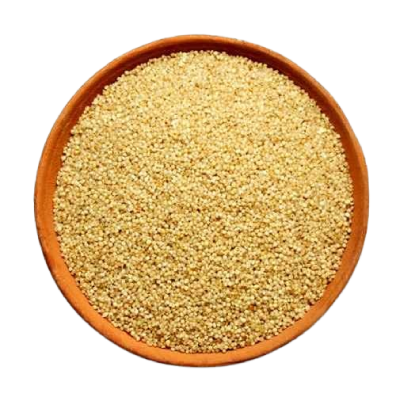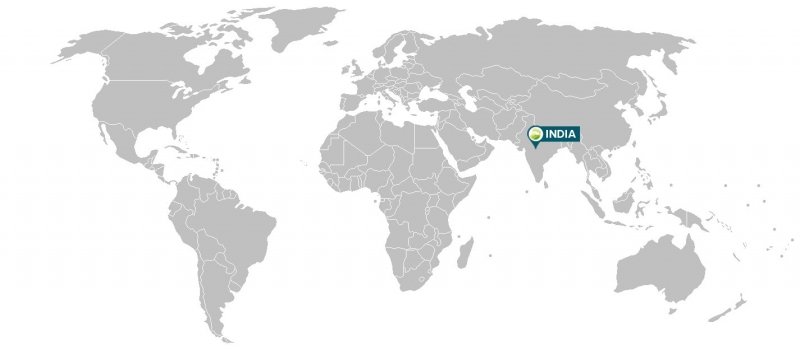Millet is available in markets throughout the year. It is tiny in size and round in shape and can be yellow, white, grey, or red. Yellow Millet is the most nutritious grain, packed with the iron, protein, fiber, and minerals such as calcium and magnesium, high in starch and easily gets digested

Millet is a type of grain that is popular in many parts of the world, especially in Africa and Asia. It is a staple food in many parts of the world, particularly in Africa and Asia. According to the World Food Programme, there are an estimated 1.2 billion people who consume millet as a part of their diet.
Millet production has remained relatively stable over the past few years, with an estimated production of 28 million metric tons in 2020. The majority of millet is produced in Africa, followed by Asia. India is the largest producer of millet, followed by Niger and China. Other major millet-producing countries include Burkina Faso, Mali, and Senegal.While millet is not a major food crop in the developed world, it plays a vital role in the diets of many people in developing countries. Millet is a drought-tolerant crop that can be grown in dry, arid climates where other crops would fail. It is also a nutritious grain that is high in fiber and essential minerals. For these reasons, millet will continue to be an important food crop in the years to come.
In India, millet production has been on the rise in recent years. India is one of the largest producers of millets &Indian farmers have been increasingly planting millet as a drought-resistant crop. The Indian government has also been promoting millet production as part of its National Food Security Mission. As a result of these factors, millet production in India is expected to continue to grow in the coming years. The graph below depicts the production trends of millets in India.

